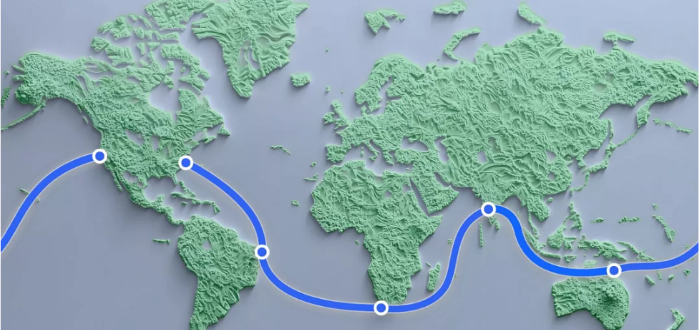Dealing with the invasive round goby species in the Baltic Sea region: if you can't beat them, eat them - European Commission
Discover how an invasive species of fish can become delicious food in the Baltic Sea region.
Originating from the Black Sea, the round goby is a , arrived mainly through maritime and inland shipping. Its broad diet, ability to adapt to diverse environmental condition and rapid reproduction makes it a serious threat to the Baltic Sea's fragile ecosystem.
Unlike cod, which is subject to strict catch limits, the population of round goby faces no restrictions. While it is a common food source in the Black Sea region, it remains largely unknown in the Baltic Sea.
Connecting these two problems, RoundGoby project steps up by creating a around the Baltic Sea.
Co-funded by Interreg Baltic Sea Region and with , project RoundGoby started in November 2023.
Carrying out extensive studies on the topic, the project came out with a 'Study on round goby worldwide aspects and markets'. This study provides insights into the species’ habitat, diet, and its consumption in markets such as Bulgaria. Additionally, it examines how regions like the Great Lakes and the Baltic Sea tackle the round goby problem as an invasive species.
The project also identified of round goby in the Baltic Sea region. These include:
In parallel, the project launched , from testing efficient fishing to food production. Project partners developed canned and minced round goby products, experimented with pet snacks, and introduced food products for human consumption, also tested in public kitchens. Beyond these efforts, they even organised !
The project is actively working to address the barriers to commercialisation of the fish around the Baltic Sea, paving the way for a more sustainable and innovative approach to managing this invasive species.
Fishing and consuming round goby addresses key challenges for the region, and while a societal shift in perception is still needed, there are reasons to be optimistic.
First, as one of the 100 most invasive species, and preserve species diversity.
Second, introducing round goby as a food source offers a solution to . It ensures a continuous supply of fish for public kitchens and households, which is especially important in today’s context.
Finally, harvesting round goby creates and contributes to the regional economy. It opens opportunities for culinary innovation, introducing round goby as a new ingredient in Baltic Sea cuisine.
By addressing environmental, food security, and economic challenges, the RoundGoby project is laying foundations for sustainable solutions in the region.
For the year to come, RoundGoby project will keep working very closely with public authorities and enterprises to ensure an effective fishing and consumption of the round goby. If you can’t beat them, eat them! For a taste of round goby, there’s no better destination than the Baltic Sea region.











